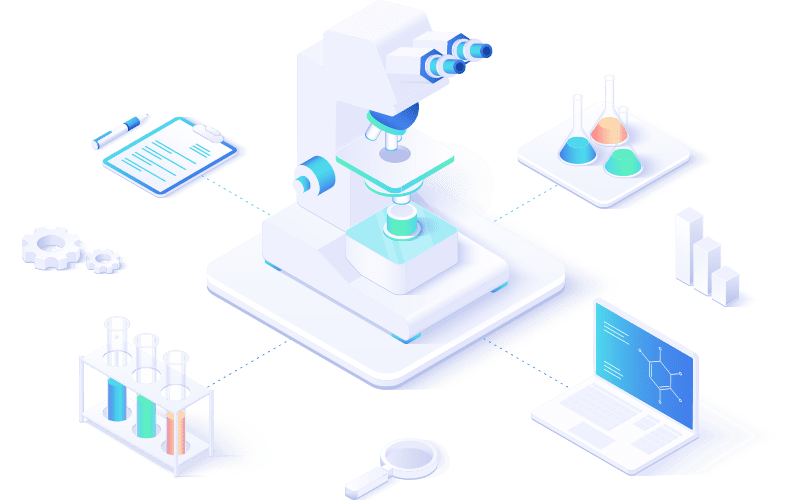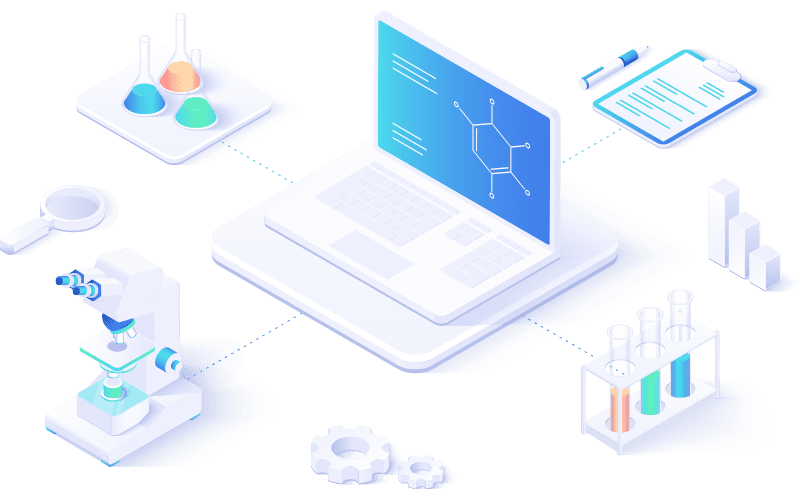
Securing executive approval for a Laboratory Information Management System (LIMS) demands a persuasive business case that ties directly to financial returns and organizational goals. Laboratory directors and managers face mounting regulatory demands, escalating operational costs, and pressure to scale efficiently—challenges that manual processes or outdated systems exacerbate. This guide delivers a practical framework to quantify these issues, align LIMS with stakeholder priorities, and project tangible ROI, turning a potential expense into a clear strategic imperative.
Understanding Stakeholder Perspectives
Executives evaluate LIMS through distinct lenses. CFOs demand rapid ROI, often seeking payback within 18-24 months and positive cash flow impacts. CEOs view it as a catalyst for growth, enabling market expansion or new service lines. Compliance officers prioritize risk reduction, avoiding fines from HIPAA, CLIA, or ISO non-conformance. Operations leaders seek efficiency, targeting reductions in turnaround times and labor hours.
Your business case must weave these viewpoints into a unified narrative, framing LIMS as a strategic enabler rather than an IT cost. Start by gathering cross-functional input: interview finance for cost benchmarks, operations for pain-point metrics, and compliance for risk exposures. This collaborative foundation ensures credibility and addresses potential objections upfront.
Defining the Problem with Quantifiable Data
A vague “we need better systems” won’t suffice. Anchor your case in hard numbers revealing the status quo’s toll. Begin with a baseline assessment of current processes.
Calculate time wastes: Multiply weekly manual data entry hours by staff rates and annualize (e.g., 15 hours/week at $35/hour yields $27,300/year). Factor in search times for samples or results, overtime for reporting, and error-related rework.
Assess error impacts: Tally annual sample mix-ups (e.g., 6 incidents at $1,200 retest cost each = $7,200) and transcription errors affecting billing or patient safety.
Evaluate compliance risks: Reference past audit findings, potential penalties (e.g., $500,000+ for 21 CFR Part 11 violations), and insurance hikes from quality lapses.
Highlight growth constraints: Quantify lost opportunities, such as declined contracts due to slow turnaround (e.g., a $240,000 annual deal requiring 2-day results).
Use real lab data—audit logs, timesheets, financial reports—to build these figures. For a mid-sized toxicology lab processing 850 samples weekly, manual processes might drain $176,000 yearly in inefficiencies, plus $412,000 in foregone revenue, totaling nearly $600,000 in annual opportunity cost.
Mapping LIMS Solutions to Problems
Connect problems directly to LIMS capabilities for a cause-effect logic that resonates. LabLynx LIMS, for instance, excels in sample management, workflow automation, and seamless integration.
- Manual data entry (15 hours/week): Automated instrument integration and barcode scanning reduce this by 90%, saving $24,570 annually.
- Transcription errors (8% rate): Direct digital capture and validation rules drop errors below 0.5%, eliminating thousands of corrections.
- Sample location delays (4 hours average): Real-time tracking and chain-of-custody cut search time to minutes, freeing 850 staff hours yearly.
- Compliance gaps: Electronic signatures, audit trails, and access controls ensure 21 CFR Part 11 adherence, averting major penalties.
- Turnaround limitations (5 days): Workflow automation enables 2-day TAT, unlocking high-margin contracts.
This mapping demonstrates how LIMS delivers scalable, customizable reporting and secure data exchange, directly alleviating documented pains while enhancing data integrity.
Constructing the Financial Model
The ROI projection is your case’s core. Project over three years, assuming a 6-month implementation for partial Year 1 benefits.
Costs:
- Year 1: Software licenses, implementation, data migration, training, and internal resources (e.g., $350,000 total).
- Years 2-3: Annual maintenance, hosting, and updates (e.g., $45,000/year).
Benefits (annualized post-implementation):
- Labor savings: $85,000+ from automation.
- Error reductions: $12,000+ in avoided retests and corrections.
- Operational gains: $30,000+ in inventory optimization and instrument uptime.
- Revenue growth: $412,000 from increased capacity and new business.
Year 1 benefits: ~50% of annual ($294,000). Full years: $588,000+.
Summary:
- Total investment: $440,000.
- Total benefits: $1,472,000.
- Net gain: $1,032,000.
- ROI: 235%; Payback: 14 months.
Use conservative estimates—apply 20% buffers to benefits—and include NPV/IRR for finance-savvy audiences. Tools like Excel facilitate sensitivity analysis, showing outcomes under varied scenarios.
Addressing Risks and Mitigation
Proactively tackle concerns to build trust. Implementation delays? Opt for phased rollouts starting with high-ROI workflows and fixed-price contracts. Staff resistance? Involve users in demos and appoint champions; LabLynx’s intuitive interface aids adoption.
Integration issues? Conduct pre-assessments; LabLynx offers proven connectors for EHRs, instruments, and billing systems. Cost overruns? Build 10-15% contingencies.
Quantify inaction risk: A 12-month delay forfeits $589,000 in savings and growth. This “cost of delay” often tips the scale.
Presentation and Approval Logistics
Condense into a 10-15 page deck: Executive summary (1 page), problem quantification (2-3 pages), solution mapping (table), financials (charts), risks (matrix), and recommendation.
Lead with ROI visuals. Practice a 2-minute pitch: “Our lab loses $600,000 yearly to manual processes. LabLynx LIMS delivers 235% ROI in three years, paying back in 14 months while enabling $240,000 in new revenue.”
Anticipate objections:
- “Too expensive?”: Counter with status quo costs.
- “Why now?”: Cite regulatory deadlines or market shifts.
- “Better alternatives?”: Highlight LabLynx’s scalability and low TCO versus fragmented options.
Secure allies: Co-present with finance to validate numbers.
Conclusion: Secure Your LIMS Investment
Building a LIMS business case requires rigorous data collection, cross-stakeholder alignment, and focused financial modeling. By quantifying pains, mapping precise solutions, and projecting conservative returns, you position LabLynx LIMS as indispensable for efficiency, compliance, and growth.
Get started today: Contact LabLynx’s expert sales team to schedule a personalized consultation, refine your projections with lab-specific insights, and accelerate your path to implementation.
Accelerate Your Lab's Success & Experience LabLynx
"*" indicates required fields
Explore the LabLynx Suites

LIMS Suite
Seamless Sample and Workflow Management
The LabLynx LIMS Suite empowers laboratories with the tools needed to manage samples, workflows, compliance, and more in one centralized system. It’s the backbone for labs seeking efficient, reliable, and scalable management solutions.

ELN Suite
The LabLynx ELN Suite offers a modern approach to managing lab data and experiments. With its secure, intuitive platform, your team can record, store, and collaborate effortlessly, supporting innovation every step of the way.

Lab Automation
Automate for Efficiency and Growth
Streamline operations and boost productivity with the LabLynx Lab Automation Suite. Designed for labs ready to embrace advanced automation, this suite integrates systems, instruments, and workflows to deliver efficiency at scale.
